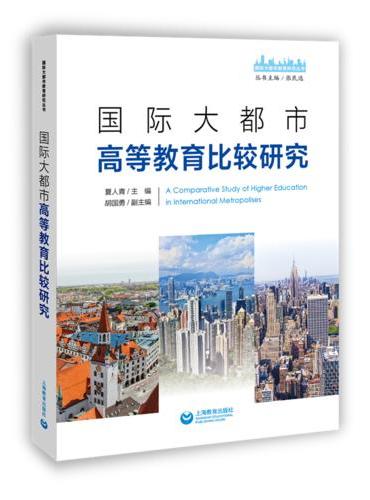
Editor-in-Chief: Xia Renqing
Associate Editor-in-Chief: Hu Guoyong
This book selects nine globally influential cities, including New York, London, Paris, and Shanghai, as research objects. It adopts "urban economic and social development" and "urban higher education development" as dual dimensions to reveal the core laws and practical experiences of higher education in international metropolises.
The book adopts a structure of "case study + thematic analysis":
It first sorts out, in separate chapters, the economic and social indicators of each city (such as population, industry, and scientific and technological innovation) as well as the current status of higher education (including the number of universities, discipline layout, and internationalization level).
It then summarizes three common characteristics: a diverse and high-quality higher education system (covering world-class universities and clusters of characteristic institutions), a significant agglomeration and radiation effect (attracting global talents and promoting regional innovation), and highly strategic resource guarantees (synergy of legal, financial, and management mechanisms).
Taking London’s "Academic Capital" strategy and New York’s industry-university-research integration model as examples, it provides a reference for Shanghai to build itself into an "outstanding global city".
The book emphasizes that higher education in metropolises is the core of urban competitiveness and a carrier of national strategies. Through horizontal comparison and vertical analysis, it provides empirical evidence for optimizing the higher education layout and enhancing the internationalization level of China’s megacities. It also offers an Eastern perspective for the educational governance of global cities, thus holding significant reference value for policymakers, university administrators, and urban development researchers.




